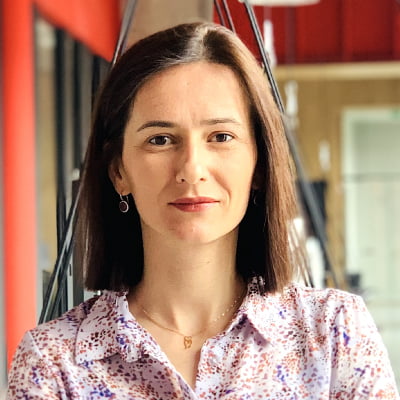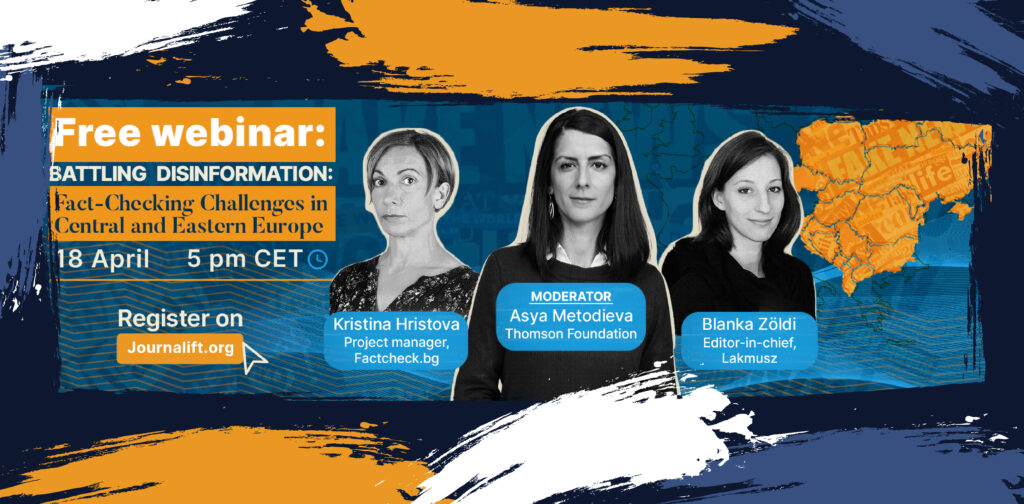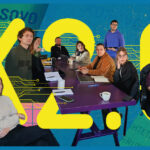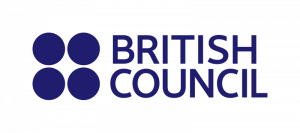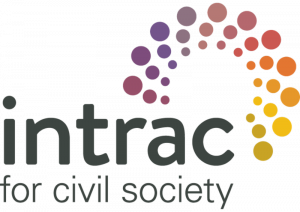One of the most inspiring aspects of the Media Accelerator Programme of the “Media for All” project was to work with community and non-for-profit media in Albania and in the Western Balkans, media outlets with a clear mission which challenge traditional business models for media. While these alternative media as alternative to mainstream media and as media with clear links to communities fulfil a crucial public function in terms of information, education, entertainment, analysis and awareness raising, they face key challenges for their financial sustainability.
First, these alternative or community media operate at the very margins of economic viability. It is one of the characteristics of the sector that it is able to reach and engage people and communities who face disadvantage and marginalization. It does so through social and economic models of operation and sustainability that would often not be viable on a commercial basis alone.
Where commercial media generate revenue by targeting audiences with spending power, alternative and community media often build an audience around those who do not have spending power.
Second, they operate based on donors’ funding and thus have not yet achieved any means of financial sustainability. What is more, alternative media platforms cannot rely on membership fees or donations from the communities given that these models are not yet established.
An interesting perspective is that community and non-for-profit media outlets are trying to move towards a form of social enterprise, i.e. seeking to secure minimal income and thus not depend entirely on donors’ funds. An example is that of Roma alternative media in Albania that can be found in the analysis here. They seek to build an economic model of sustainability in order to achieve success in the pursuit of their social objectives. At the same, just like any enterprise, they have to make financial ends meet, by engaging in economic activity that can generate revenue at least sufficient to cover their operational costs.
The question of engaging or not in economic activity is crucial as it relates to the core principles of community media.

Drawing from good practice on alternative and community media the models of economic sustainability are as diverse as the alternative media sector itself. However, there are some characteristics that are commonly found in the most durable organizations. These include strategies for raising support from within the communities themselves – donations, membership schemes, payment for broadcast announcements, charges for the provision of services etc.; they include a preparedness to seek out and mobilize support from other sources such as public development agencies and non governmental organizations, by offering a platform for social communication and popular engagement; and they include an ability to control costs and to operate on very low margins (Coyer, 2010).
In the case of alternative media in Albania, considering its early stage of development, the current model is based on donors’ funding and volunteering. The major challenge is that of financial sustainability, which becomes even more pressing when considering the lack of policy and regulatory framework on community and alternative media, i.e. no public funding is available.
Analysis of good practice of the development of alternative media so far shows that the three-legged funding model is the most appropriate one.
In many places, alternative and community media use a ‘three-legged’ model for funding.
In this model, income generation is spread across three sources: communities, funders (including non-governmental and government funding programs) and advertisers from the private sector.
For the three-legged model to work, each of the three funding sources must receive something of value in return: for instance, communities benefit from participation and from content; secondly, businesses, through advertising, get exposure for their products and services; third, funders and government want success in their funding efforts, i.e. the investment must pay off in terms of social or development impact or dissemination of education and information content, for example, health or voter education; promoting safe sex and human rights; discouraging violence against women or racial discrimination.
Reconciling the alternative media mission and programming (medium, content, production and distribution) with the donor’s interest and/or agenda is a major source of tension and internal struggle within the alternative media setting that might hinder sustainability if not handled correctly.

Sustainability extends beyond simple economic considerations to include questions of social and institutional sustainability. In addition, alternative and community media need to consider the challenges of assuring technical and environmental sustainability. Social sustainability refers to relations between a media organization and the communities or audiences it serves. Many community media organizations have sprung from broader social movements and continue to be sustained by their tangible and intangible support.
Community media outlets are deeply rooted within the civil society sector and also work closely with civil society actors.
Another dimension of sustainability is that of institutional sustainability, which refers to the structural arrangements for operational management and governance including accountability to the communities.
For alternative and community media, engagement of the community in management as well as in content making is important, contributing to a broader sense of community ownership and involvement. The participatory dimension here is key and is the defining element of alternative media.
However, the participatory approach to the management of these alternative media comes with its own drawbacks. Decision-making processes are open and participatory, but the pressure to produce content and programming requires fast decisions taken by one individual, thus hindering the democratic potential of participatory decision-making. Managing community participation requires skills that fall outside of the traditional realm of media management or journalism, somewhere between community activism, community organization and even social work. Alternative and community media thrive on volunteer and other forms of community support.

Another dimension is that of technical sustainability, which requires technical support and know-how together with the selection of appropriate technologies that are robust, have low operating costs, are easy to maintain and are replaceable, if necessary. Alternative media that lack reliable technical systems risk losing their audiences, staff and supporters. With the pace of development of communication technologies, technical sustainability also requires the ability to appropriate new tools and applications such as mobile and the Internet. This points to the necessity to support with training and funding these efforts to establish and further develop alternative media.
Sustainability can be defined as a set of activities that enable alternative media to mobilize the right kinds of resources to meet communities’ needs as they emerge, and to manage them efficiently over time in a contingent environment.
As Coyer, 2010 points out “sustainability is about mission, ideology and quality – the resources mobilized must be able to sustain community media’s core features of independence, participation and quality service. This means mobilizing the right kinds of resources”.
The underlying concepts here are: first, the meaning of sustainability will change as communities’ needs change; second, sustainability cannot be understood or measured in simple financial terms – it is about all kinds of resources: ability, energy, capacity, efficiency, flexibility and planning. It is about capacity, activities and change. Third, to the extent that sustainability can be seen as an organizational target or goal, it must be seen as one that changes in relation to other changing organizational targets or goals.
The core issues of independence, community participation and quality community service make sustainability a tricky issue for alternative media.
Sustainability is not just about mobilizing resources and managing them efficiently. It is about mobilizing the right kinds of resources at the right time, to fit changing needs and contexts, and managing them efficiently.
It is about institutions, community and finance.

